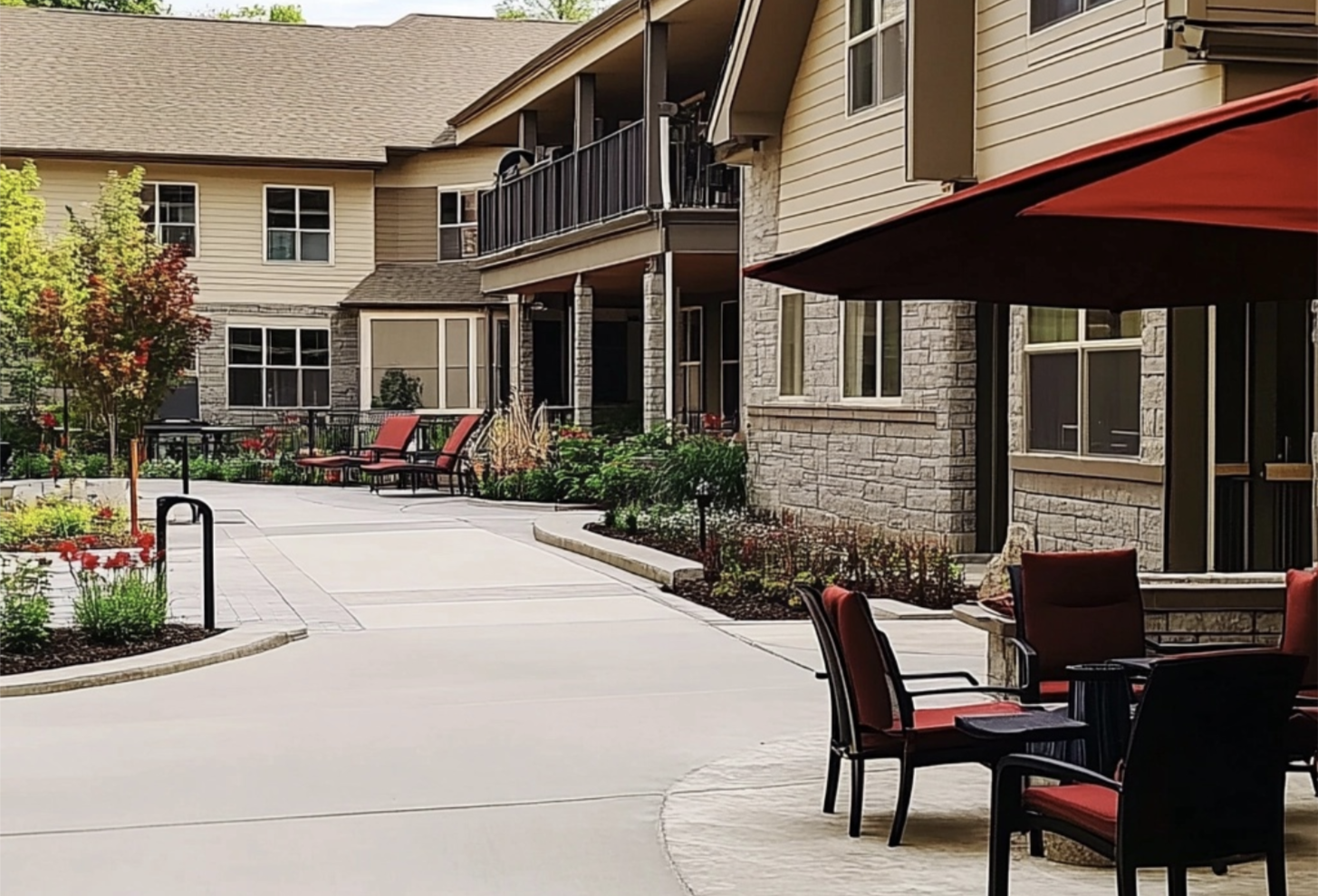Palliative care at home is widely misunderstood as end-of-life care only, reports show. This common misconception obscures the true nature of palliative care at home, which remains available to anyone with a serious illness regardless of age or disease stage. Patients can receive this specialized care alongside treatments aimed at curing their condition.
The reality of in-home palliative care focuses on symptom management and quality of life improvement. Studies indicate this specialized support leads to better patient and caregiver satisfaction, reduced anxiety and depression, and longer life expectancy in many cases. Palliative care teams typically consist of doctors, nurses, social workers, and spiritual advisors working together to address medical, emotional, and spiritual needs.
Families facing serious illness encounter numerous challenges when seeking appropriate care. This guide examines what palliative care at home actually entails, from daily care routines to financial considerations. The information covers insurance coverage options, typical visit schedules, and available caregiver support, providing practical insights for families making difficult healthcare decisions.
What to Expect When Starting Palliative Care at Home
The palliative care process begins with a doctor’s referral, reports indicate. Most services require this referral from a primary physician to access specialized support. After referral, a palliative care provider typically contacts the patient within days to schedule an initial assessment.
First meetings usually last about 90 minutes and serve as a thorough introduction to services. A registered nurse or nurse practitioner assesses immediate needs, reviews health history, and starts developing a personalized care plan during this visit. The professional explains how palliative care works and answers questions from patients and family members.
Palliative care teams consist of multiple specialists working together on patient wellbeing:
- Palliative care doctors and specialists
- Nurses with specialized training
- Social workers
- Chaplains or spiritual advisors
- Sometimes neighborhood volunteers
After initial assessment, patients receive regular scheduled visits with care providers, occurring at least monthly and lasting approximately 30 minutes. These visits focus on symptom management, medication review, treatment options, and addressing emerging concerns.
Many palliative care services provide 24/7 support, giving patients access to clinical advice anytime for severe pain, unexpected symptoms, or emotional support needs.
The palliative team maintains close coordination with existing doctors, ensuring all healthcare providers remain informed about the patient’s care. This collaboration creates a support system addressing physical symptoms alongside emotional, social, and spiritual needs.
Teams initially help establish healthcare goals and preferences, potentially including advance directives or discussions about future care wishes. Patients remain central to all decisions throughout the process, with their values and needs guiding the care provided.
How In-Home Palliative Care Works Day-to-Day
Home-based palliative care transforms living spaces into centers of coordinated medical support, creating routines based on the patient’s specific needs and changing condition.
Palliative care nurses become the most frequent visitors, typically managing daily treatments and monitoring symptoms. Specialized regional nurses help patients continue living comfortably at home, while doctors or nurse practitioners schedule visits every 4-8 weeks, increasing in frequency when conditions change. Data shows patients receive services for a median of 123.5 days (four months), though this varies widely from 29 days to more than 1,000 days.
Communication happens beyond in-person visits. Studies indicate patients receiving proper palliative care often get five or more phone calls between visits. Additionally, 48% of programs provide round-the-clock coverage across days, evenings, nights, and weekends.
Daily care plans address several key areas:
- Pain and symptom management through medications and therapies
- Assistance with bathing, dressing, and grooming
- Nutritional assessments and dietary support
- Medication management and adjustments
Social workers typically visit within the first week to assess emotional and practical needs. Volunteers may provide companionship and help with household tasks, while spiritual advisors offer guidance when requested.
The team updates care plans continuously, with formal reviews typically occurring every 60 days. Reports show palliative care professionals document advance care plans for approximately 90% of patients within 60 days, ensuring patient preferences guide all decisions.
Research demonstrates that home visits from palliative care professionals more than once weekly significantly improves quality of death across multiple domains, including environmental comfort, dying in preferred locations, and maintaining good relationships with medical staff and family.
Costs, Coverage, and Common Concerns
Financial concerns surrounding palliative care create significant stress for many families. The good news: most insurance plans cover palliative services, making them available to patients who need this specialized care.
Medicare provides palliative care coverage through several components. Medicare Part A covers hospital stays and some home care services, while Part B pays for outpatient palliative care including doctor visits and necessary medical equipment. For additional coverage, Medicare Part C (Medicare Advantage) offers supplemental benefits for medication and long-term care, and Part D covers prescription drugs used in symptom management.
Most states include palliative care services in their Medicaid programs, though specific benefits differ by location. Private insurance plans frequently cover palliative care as well, but patients should verify exactly what their policies include regarding copays and deductibles.
Research consistently demonstrates palliative care’s cost effectiveness. Studies reveal patients receiving palliative services had dramatically lower healthcare costs within 30 days of death—median $1,048 compared to $23,482 for those without such care. For homebound patients with terminal illness, daily costs averaged $95.30 versus $212.80 for patients without palliative support.
Families without complete insurance coverage can access several financial assistance options:
- Nonprofit organizations like the American Cancer Society and Patient Advocate Foundation
- Disease-specific foundations such as the Alzheimer’s Association
- State-based resources and community assistance programs
High-quality palliative care discussions significantly reduce emergency department visits and hospitalizations, creating additional financial benefits. Early palliative conversations—those occurring more than 30 days before death—correlate with lower rates of aggressive care during life’s final weeks.
Despite these advantages, many families face substantial financial burdens, with studies showing 33% report spending all or most of their savings on terminal care costs. Social workers and palliative care coordinators can help identify available resources to manage expenses while maintaining quality care.
Conclusion
Navigating palliative care decisions remains one of the most difficult challenges families face during serious illness, multiple studies show. Palliative care at home delivers significantly more than most people initially understand. Rather than merely end-of-life care, it provides specialized support for anyone with serious illness, regardless of prognosis or treatment stage.
The multidisciplinary team approach combines doctors, nurses, social workers, and spiritual advisors into a coordinated system addressing physical symptoms alongside emotional and spiritual needs. This structured support appears through scheduled visits, 24/7 availability, and personalized attention to changing medical conditions. Patients typically maintain greater comfort in familiar surroundings while receiving professional medical care.
Financial concerns, though valid, don’t necessarily block access to quality care. Medicare, Medicaid, and most private insurance plans cover palliative services to varying degrees. Research data consistently demonstrates that palliative care reduces overall healthcare costs while improving patient outcomes.
Palliative care programs provide families with documented choice through advance care planning. Patient preferences guide medical decisions throughout the process. Despite the challenges serious illness presents, palliative care at home establishes a framework for maintaining dignity, comfort, and quality of life. The comprehensive support allows families to focus on meaningful time together during difficult circumstances.
FAQs
Q1. What services are typically included in palliative care at home? Palliative care at home typically includes pain and symptom management, assistance with daily activities, nutritional support, medication management, and emotional and spiritual care. A multidisciplinary team of doctors, nurses, social workers, and spiritual advisors work together to address the patient’s physical, emotional, and spiritual needs.
Q2. How often do palliative care professionals visit patients at home? The frequency of visits depends on the patient’s needs. Typically, a nurse visits at least once a month for about 30 minutes, while doctors or nurse practitioners schedule visits every 4-8 weeks. However, visit frequency may increase if the patient’s condition changes. Many programs also offer 24/7 support via phone.
Q3. What role do family members play in palliative care? Family members often serve as primary caregivers, providing emotional support and assisting with daily care. They work closely with the palliative care team, participating in care decisions and helping to ensure the patient’s comfort. The palliative care team also offers support and resources to family caregivers to help manage the challenges of caregiving.
Q4. How is palliative care at home typically covered financially? Most insurance plans, including Medicare and Medicaid, cover palliative care services to some extent. Medicare Part A covers hospital stays and limited home care, while Part B typically covers outpatient palliative care. Private insurance plans often include palliative care coverage, but it’s important to verify specific policy details. Various financial assistance options are also available through nonprofit organizations and community programs.
Q5. What are the benefits of receiving palliative care at home? Receiving palliative care at home allows patients to remain in a familiar, comfortable environment while receiving specialized care. It can lead to improved quality of life, better symptom management, and reduced hospitalizations. Studies have shown that home-based palliative care can result in higher patient and caregiver satisfaction, less anxiety and depression, and even longer life expectancy in some cases.












